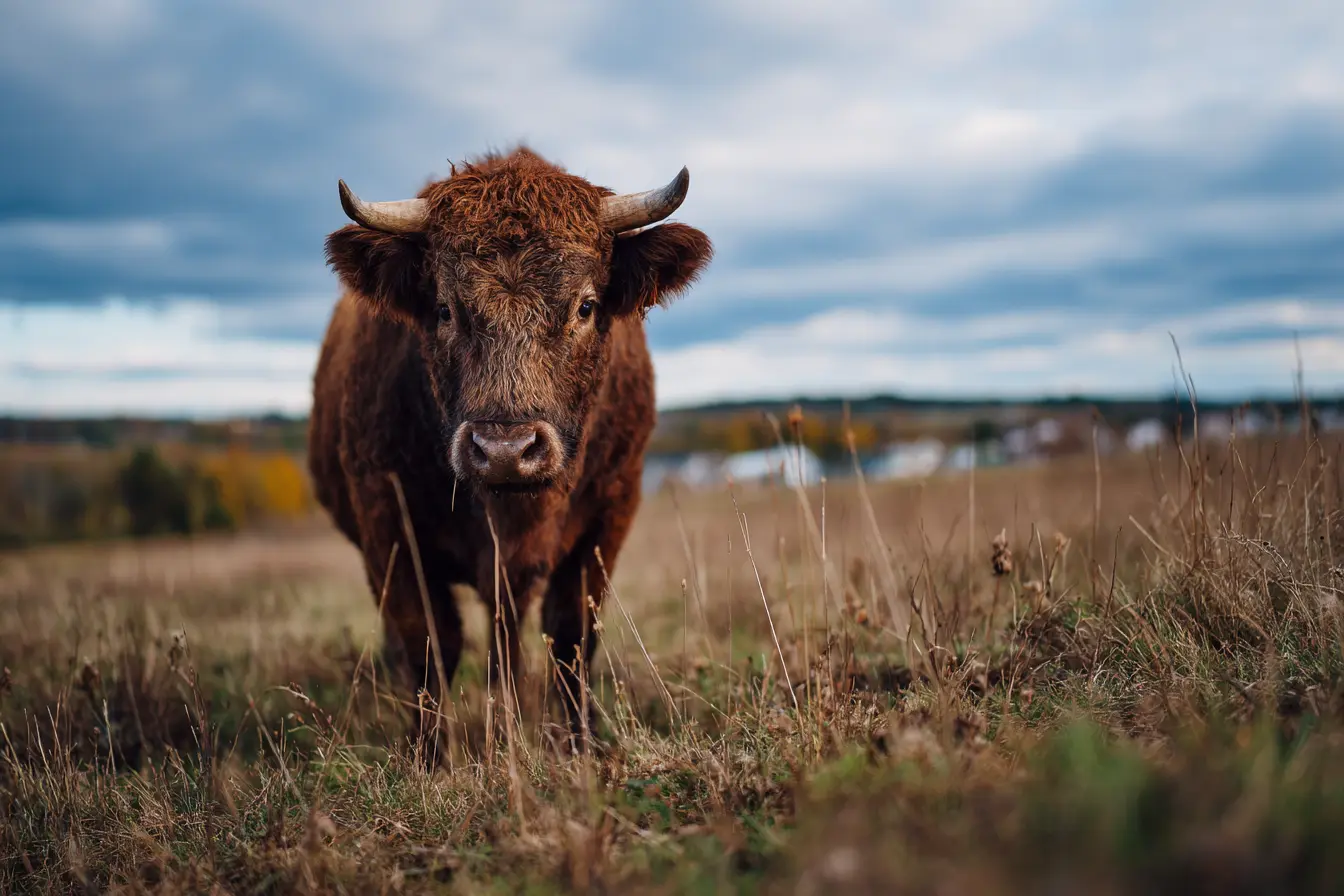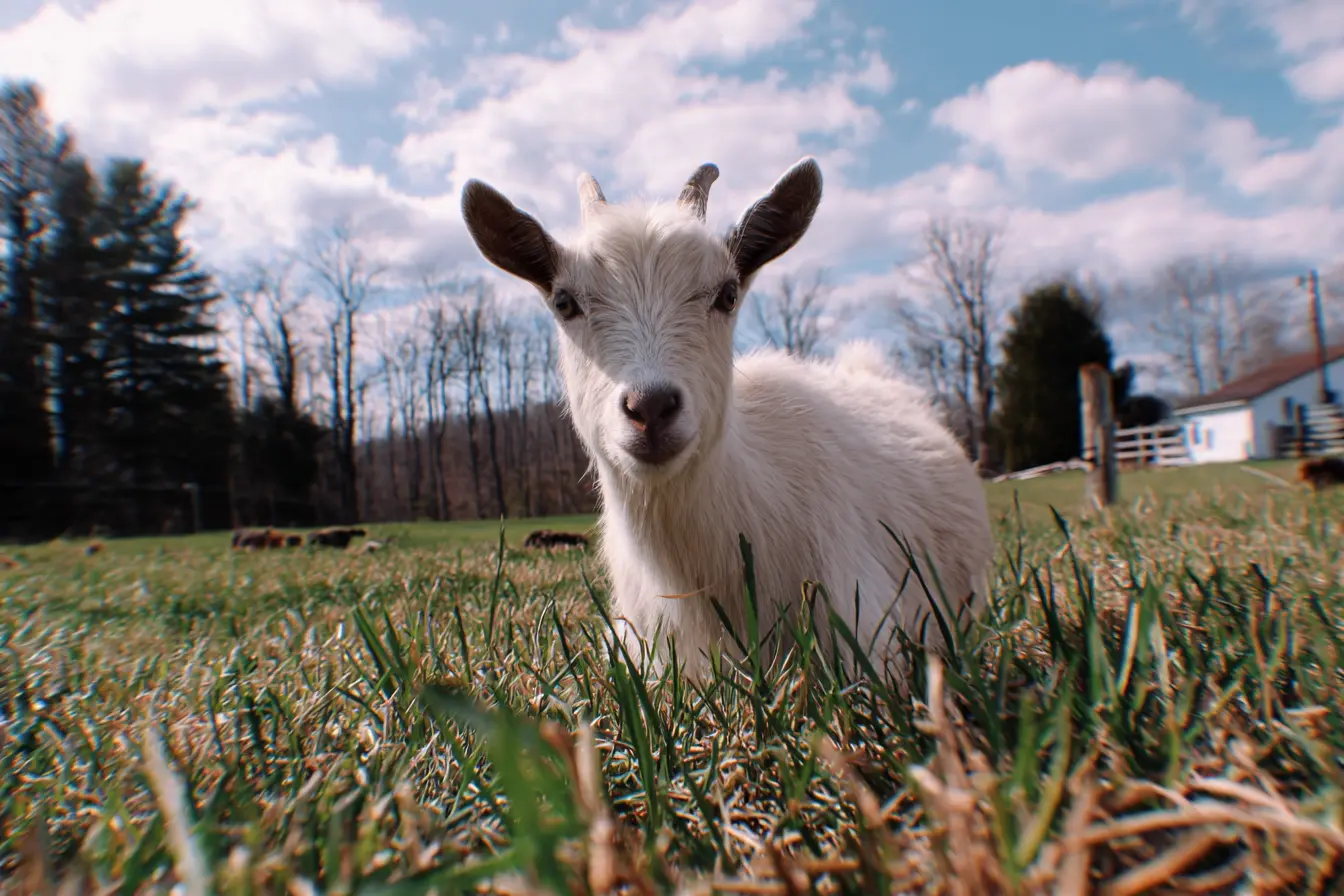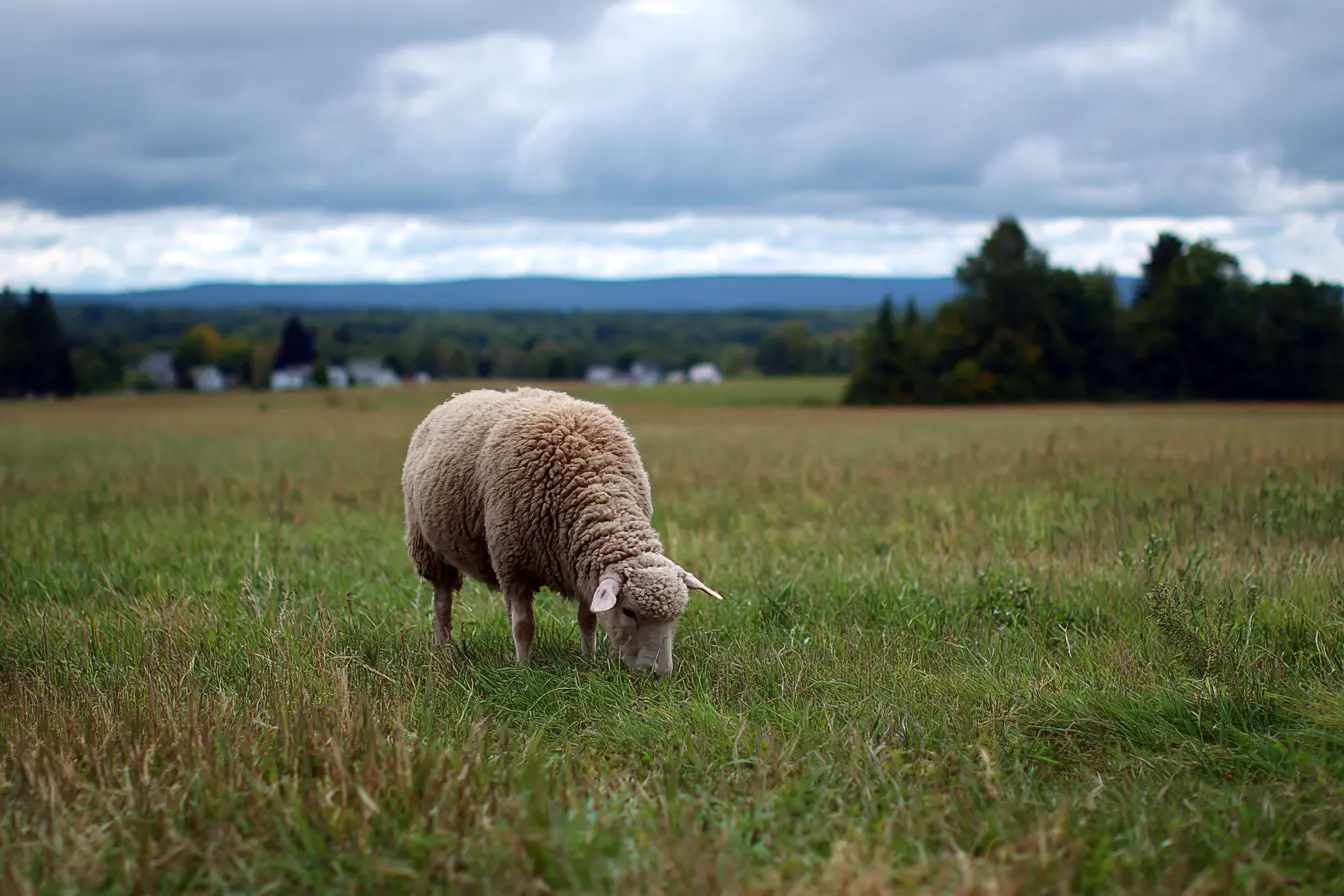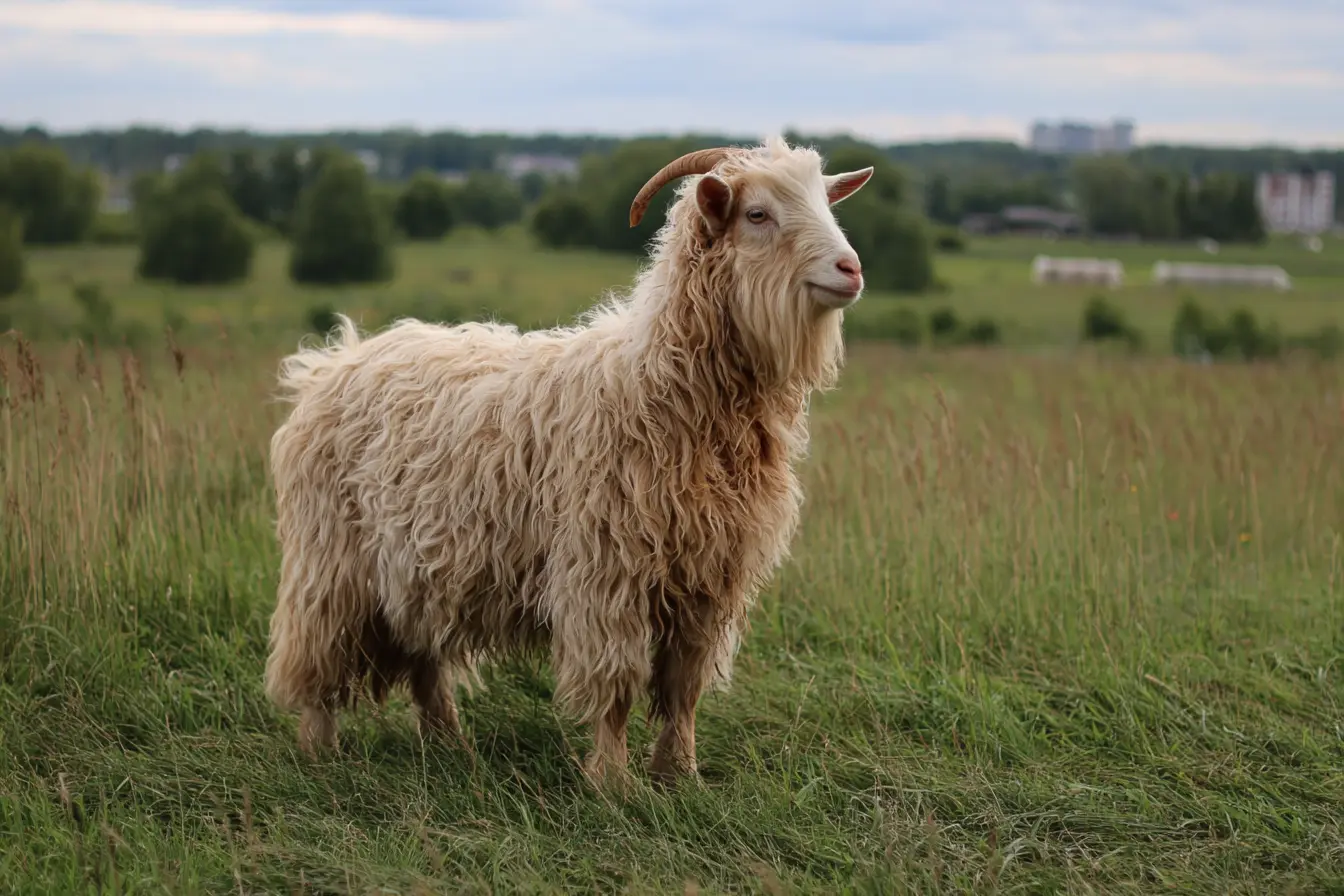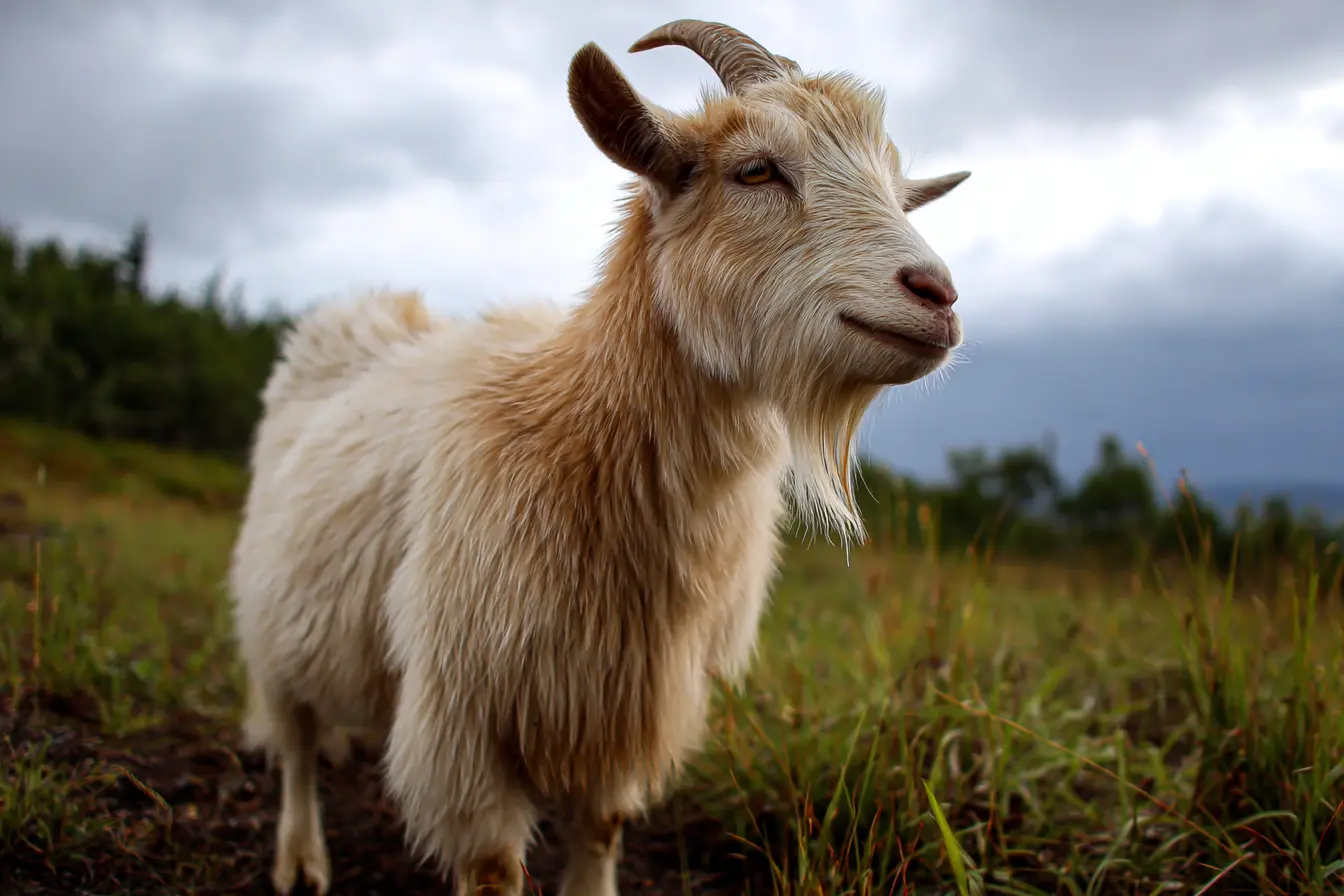
A Complete Guide to Harvesting Cashmere Goat Fibre
Cashmere is one of the most luxurious natural fibres in the world, prized for its exceptional softness, warmth, and lightness. It comes from the fine undercoat of cashmere goats and commands high prices in the global textile market. Harvesting this fibre requires patience, skill, and careful management to ensure both the wellbeing of the goats and the preservation of fibre quality. This guide provides everything you need to know about harvesting cashmere fibre in the UK.
Understanding Cashmere Fibre
What is Cashmere?
- Cashmere fibre comes from the soft undercoat that goats grow in winter for insulation.
- It is much finer than sheep’s wool, usually measuring between 15–19 microns in diameter.
- The fibre is separated from the coarser outer guard hairs during processing.
Growth Cycle
- Cashmere grows during autumn and winter.
- In spring, as temperatures rise, goats naturally begin to shed their undercoat.
- Harvesting coincides with this natural moult to obtain the highest-quality fibre.
Fibre Yield
- Each cashmere goat produces only 150–300 grams of usable cashmere per year.
- Yield is influenced by genetics, age, nutrition, and overall health.
- Compared to mohair or wool, the yield is small, which contributes to its high value.
Preparing for Harvest
Equipment Needed
- Wide-toothed cashmere combs or dehairing rakes.
- Halter or gentle restraining stand (optional, for calm handling).
- Collection bags (cotton or paper).
- Labelling materials to record goat identity, date, and harvest weight.
Preparing the Goat
- Ensure goats are clean and dry before combing.
- Avoid bedding materials such as straw or hay that easily contaminate fibre.
- Handle goats calmly to minimise stress. A quiet environment helps.
Timing
- Harvest during spring (March–May in the UK), when goats naturally shed.
- Harvesting too early results in coarse fibre mixed with guard hairs.
- Harvesting too late risks losing fibre to shedding in the field.
Harvesting Methods
There are two main ways to harvest cashmere fibre: combing and shearing.
Combing
- The preferred method for high-quality fibre.
- Carried out during the natural moult when the undercoat loosens.
- A special comb is used to gently pull out fine undercoat fibres while leaving guard hairs behind.
- Typically requires several sessions over 1–2 weeks to remove all fibre.
- Produces the cleanest, most valuable cashmere with minimal contamination.
Shearing
- Entire fleece (undercoat and guard hairs) is shorn off in one go.
- Faster and less labour-intensive but results in mixed fibres that require extensive processing.
- Often used in larger herds or where combing is impractical.
- Can lead to fibre loss if done too early or late.
Handling During Harvest
- Collect fibre in clean, labelled bags immediately.
- Keep fleece from different goats separate to track yield and quality.
- Avoid second cuts or broken fibres by using proper tools and techniques.
Sorting and Dehairing
After collection, fibre must be carefully sorted and cleaned.
Sorting
- Remove coarse guard hairs, dirt, and vegetable matter by hand.
- Separate fleece into quality grades: the finest fibres from the neck and shoulders are most valuable.
Dehairing
- Essential for cashmere, as the fleece contains both fine undercoat and coarse hairs.
- Usually done by specialist mills with mechanical dehairing equipment.
- Manual dehairing is possible but extremely labour-intensive.
Grading
- Fibre is assessed by micron count, length, colour, and yield.
- White and cream fibres are most sought after, as they can be dyed easily.
- Consistent fineness and length fetch premium prices.
Storing Cashmere
- Store in breathable cotton or paper bags. Never use plastic.
- Keep in a cool, dry place away from direct sunlight.
- Protect from pests with natural deterrents such as lavender or cedarwood.
- Regularly check stored fibre for signs of moisture or moth activity.
Post-Harvest Goat Care
- Ensure goats have shelter after combing or shearing, as their coats will be thinner.
- Provide adequate nutrition to support regrowth.
- Monitor for skin irritation or parasites.
- Use this time to carry out routine health tasks such as hoof trimming or vaccinations.
Processing and Marketing
Once harvested, cashmere can be processed or sold in several forms:
- Raw fibre – sold directly to mills or hand spinners.
- Scoured fibre – washed to remove grease and dirt.
- Carded fibre – fibres aligned, ready for spinning.
- Yarn – spun for knitting and weaving.
Marketing Channels
- Fibre can be sold to specialist cashmere buyers.
- Artisan spinners and weavers often pay premium prices for small, high-quality lots.
- Online platforms and craft fairs offer direct-to-consumer sales.
- Adding value through branding and storytelling (ethical production, sustainable farming) can increase demand.
Common Challenges
- Low yield compared to other fibres.
- Labour-intensive harvesting, especially if combing.
- Weather dependency – combing must be done in dry conditions.
- Market fluctuations affecting raw fibre prices.
- Risk of contamination by dirt, vegetation, or guard hairs.
Best Practices for Success
- Harvest during the natural moult for best results.
- Prioritise combing over shearing when possible.
- Keep fleeces clean and separated by individual goat.
- Build relationships with specialist mills and spinners.
- Focus on herd improvement through breeding for finer, denser coats.
Conclusion
Harvesting cashmere fibre is a meticulous but rewarding process. With each goat producing only a few hundred grams annually, attention to detail is essential for maximising both quality and profit. By combing at the right time, carefully sorting and storing fibre, and ensuring goats remain healthy, smallholders and farmers in the UK can participate in the global luxury fibre market.
Cashmere goats offer not only a source of high-value fibre but also the satisfaction of working with one of the most prized natural materials in the world. With patience, skill, and proper care, cashmere production can be both a sustainable and profitable enterprise.
Vets near you
Speciality vets
- Aquatics vet specialists
- Birds vet specialists
- Camelids vet specialists
- Cats vet specialists
- Cattle vet specialists
- Deer vet specialists
- Dogs vet specialists
- Equines vet specialists
- Exotic vet specialists
- Goats vet specialists
- Pigs vet specialists
- Poultry vet specialists
- Sheep vet specialists
- Small Mammals vet specialists
- Wild vet specialists
